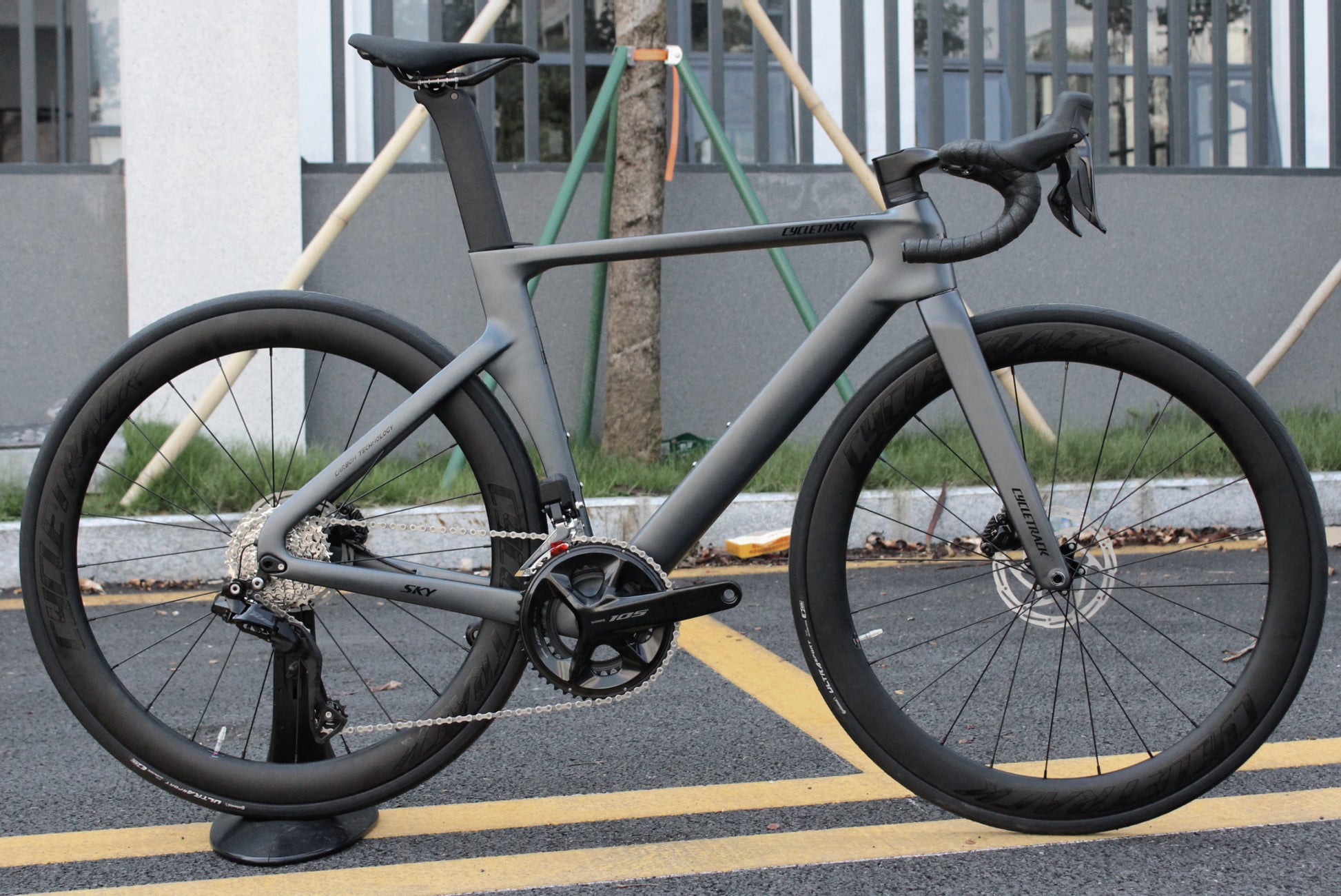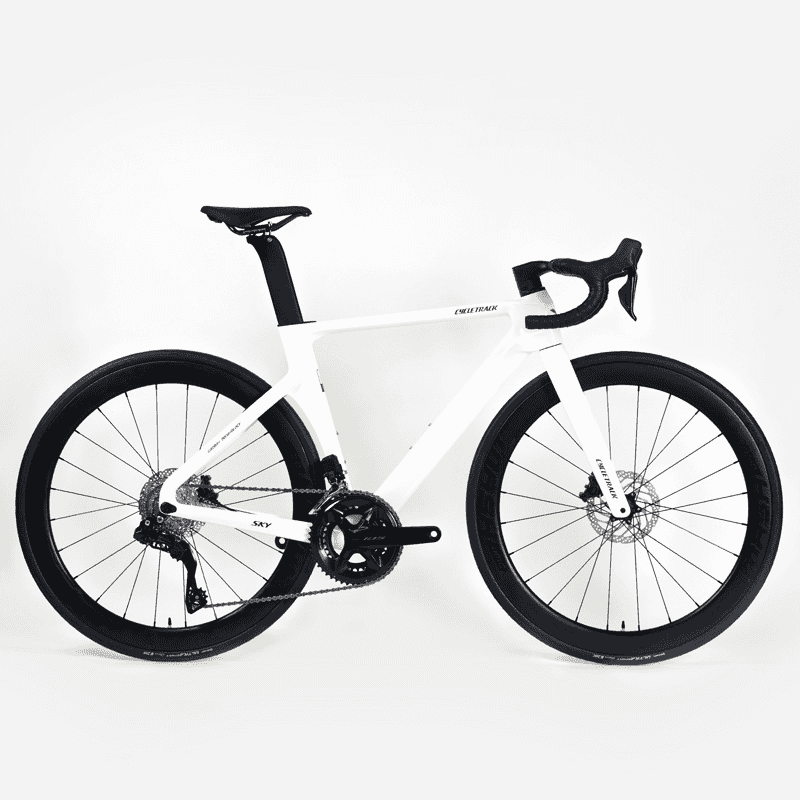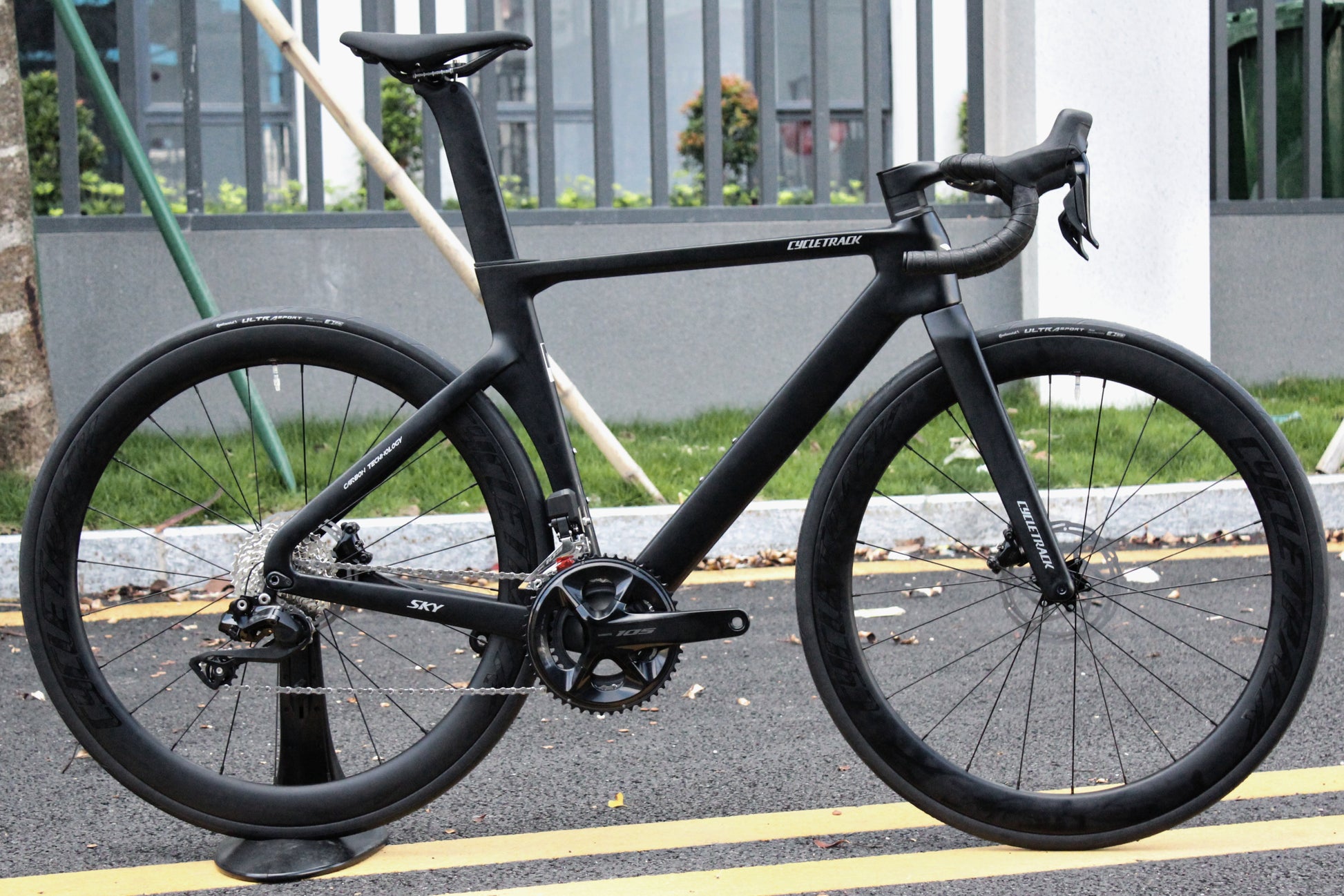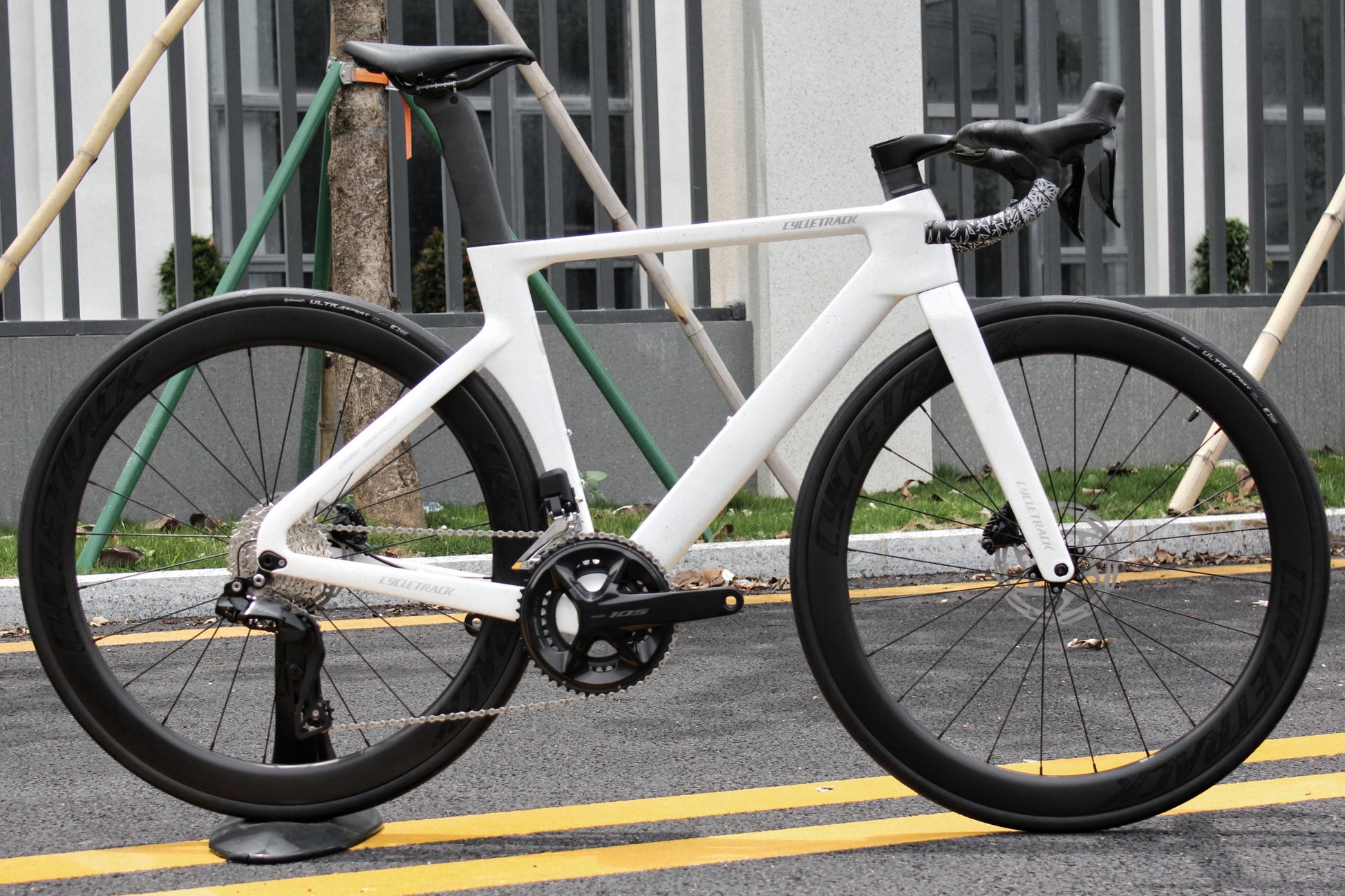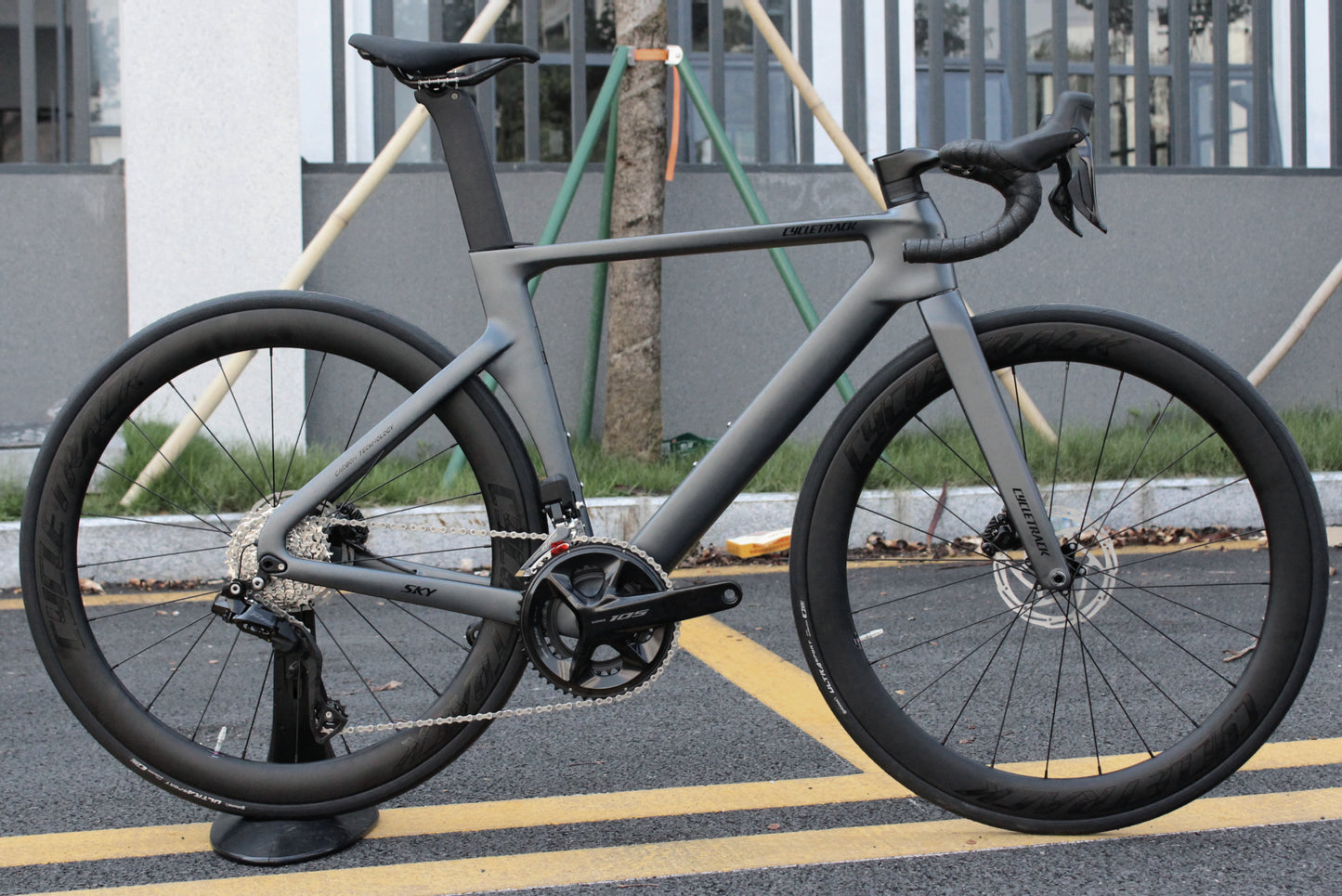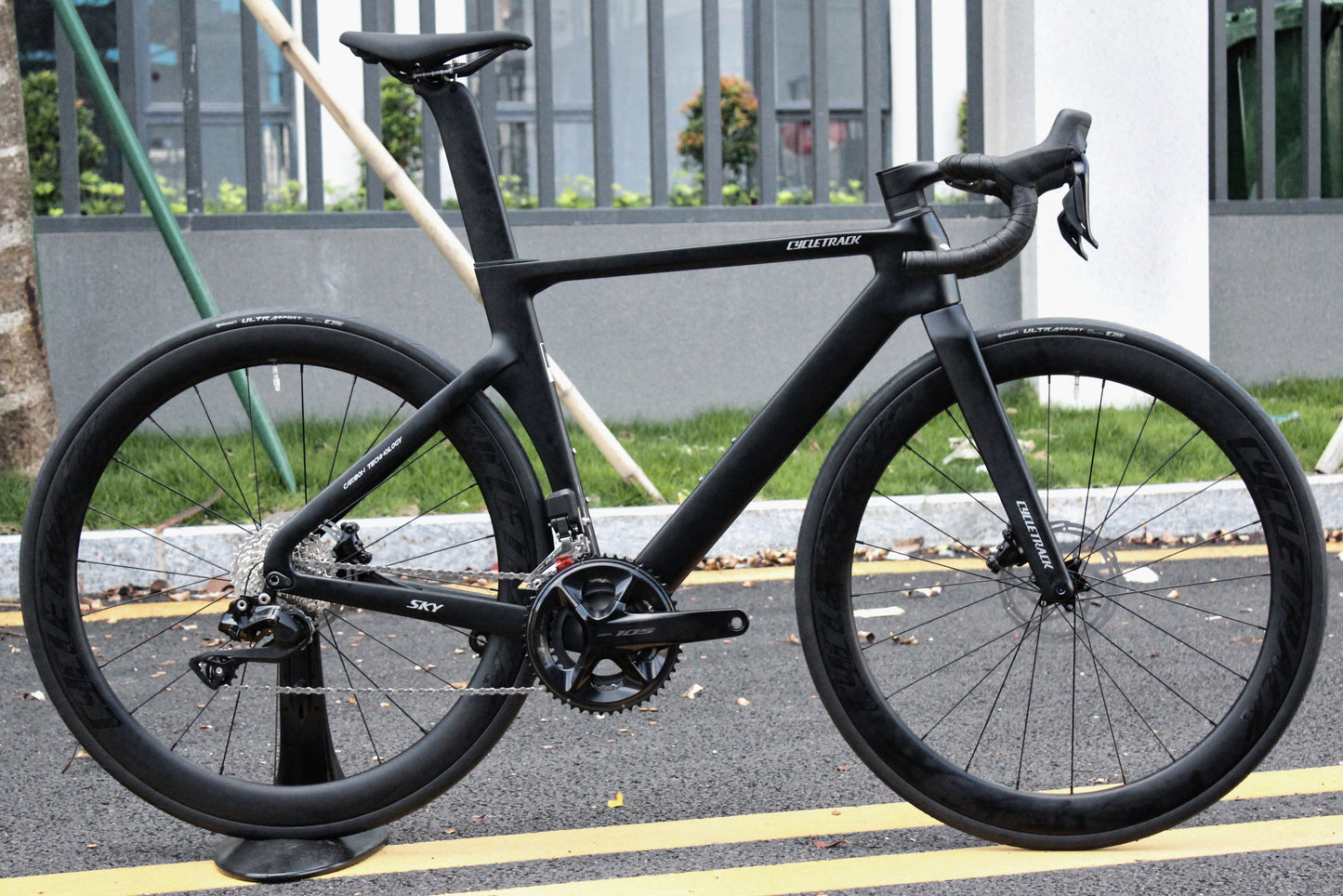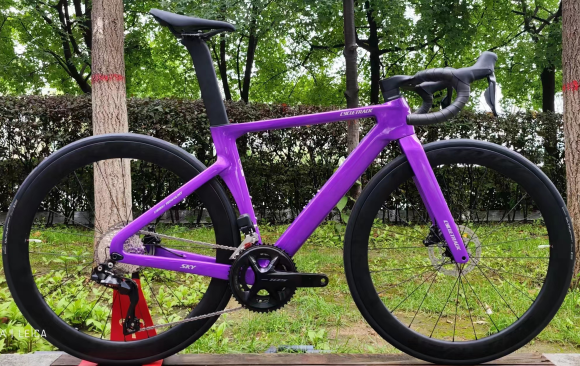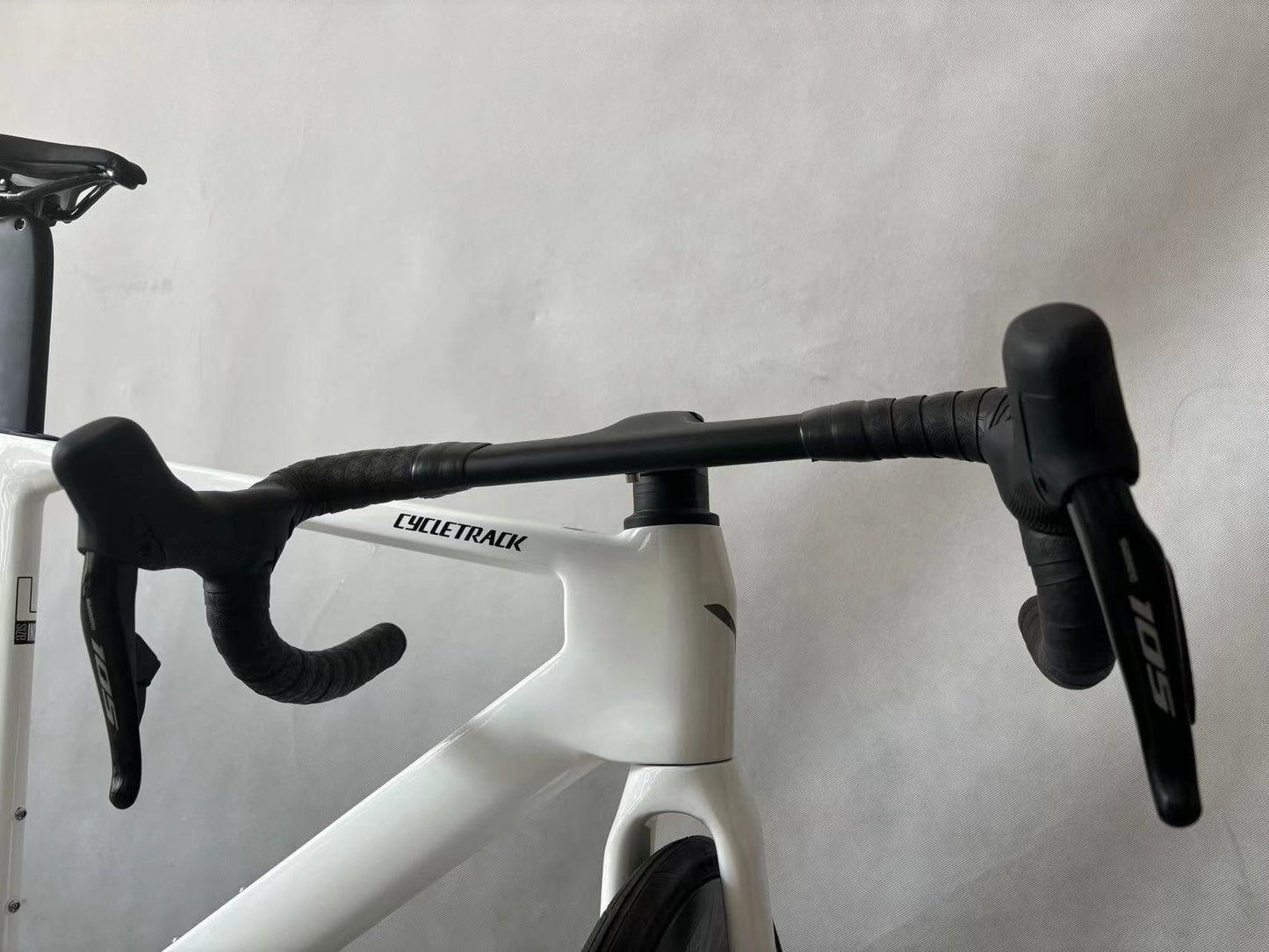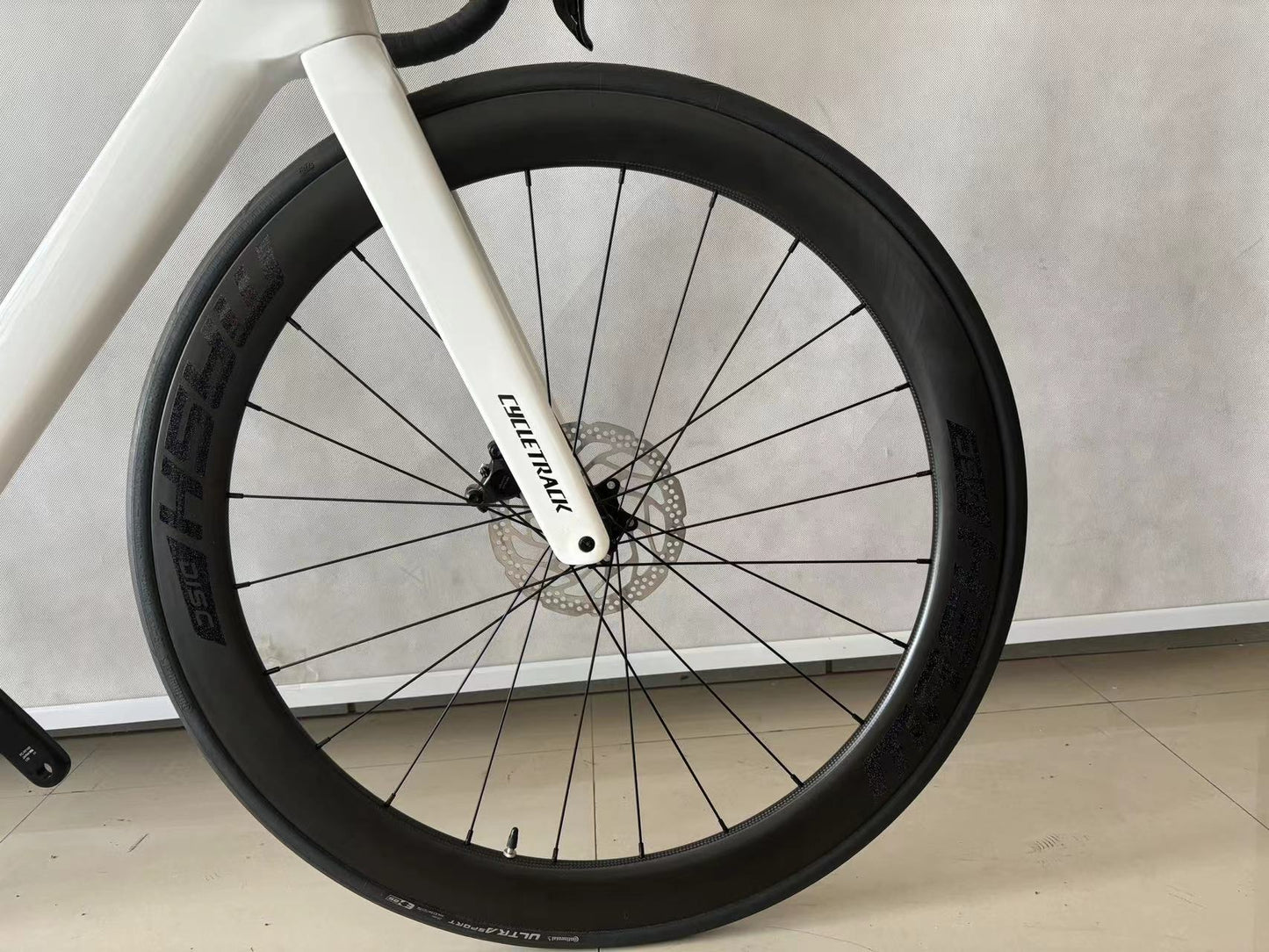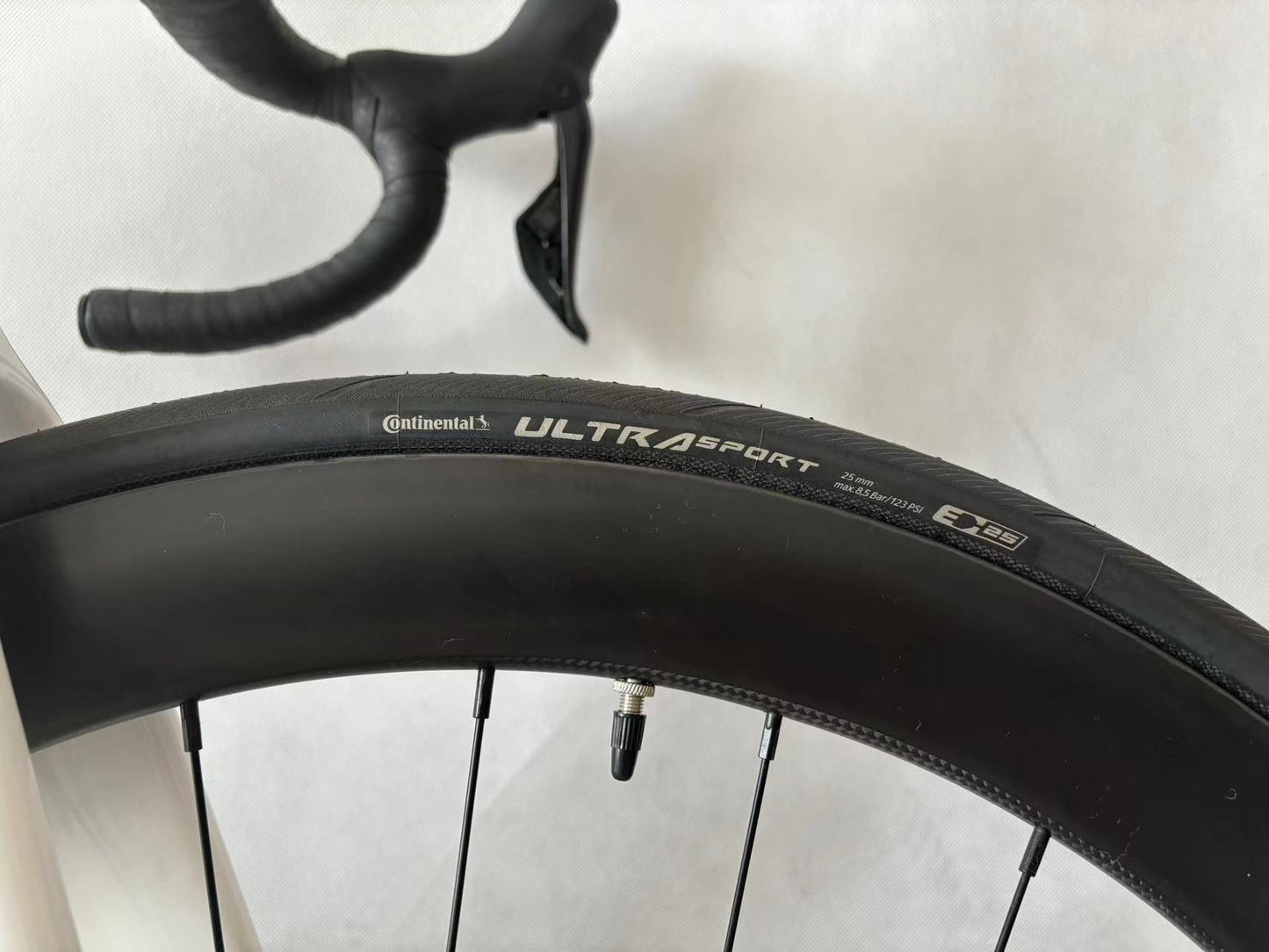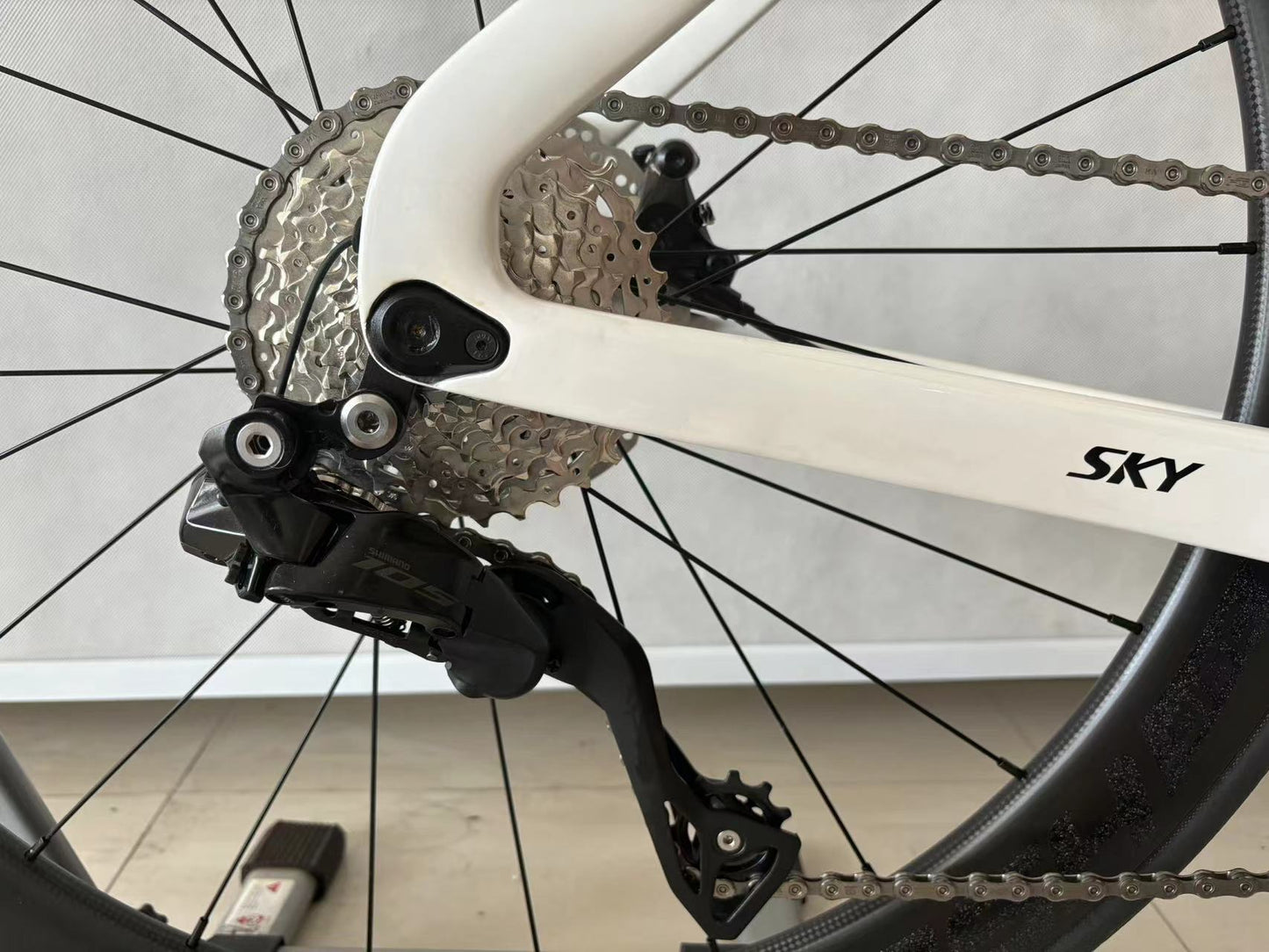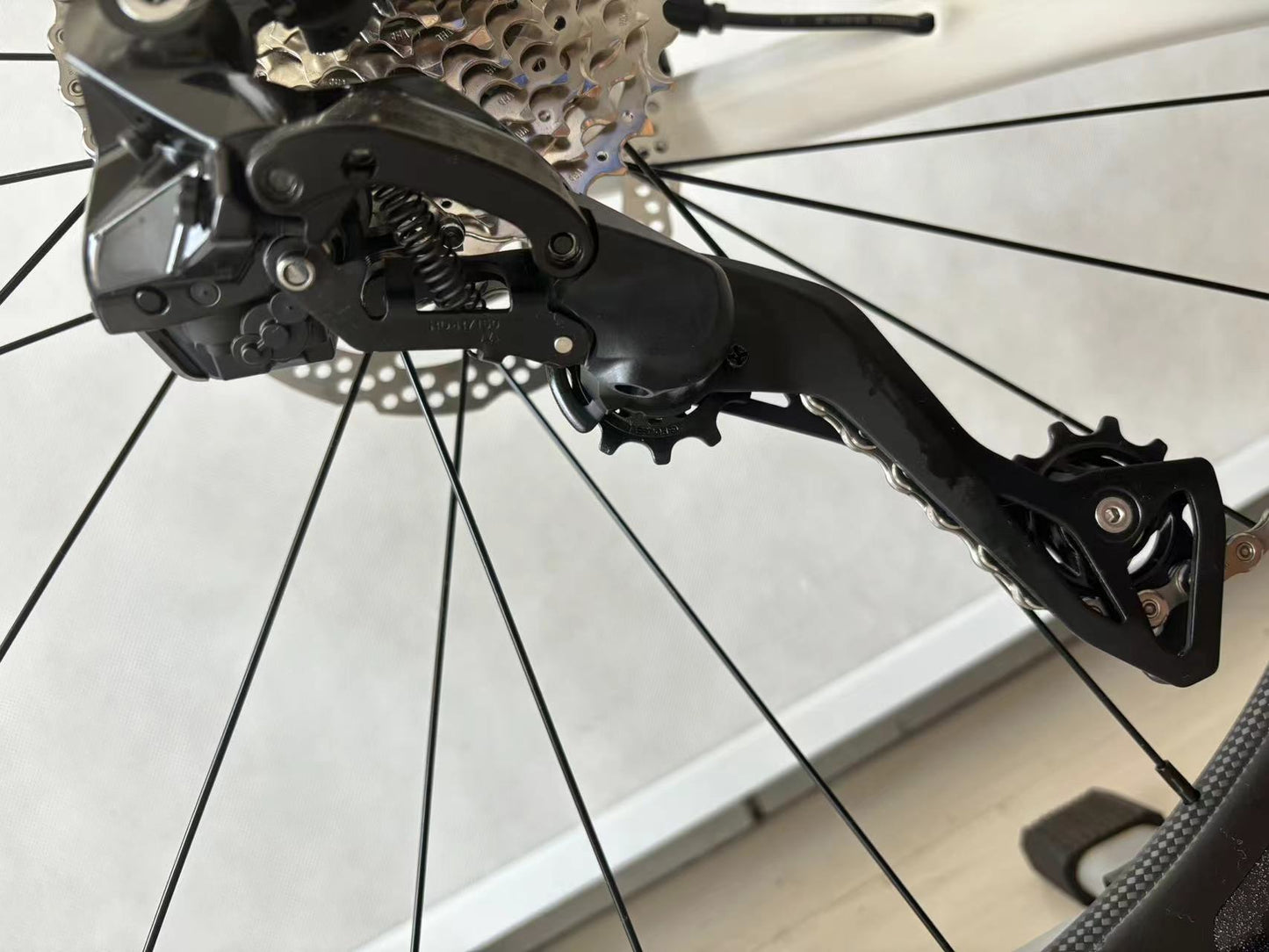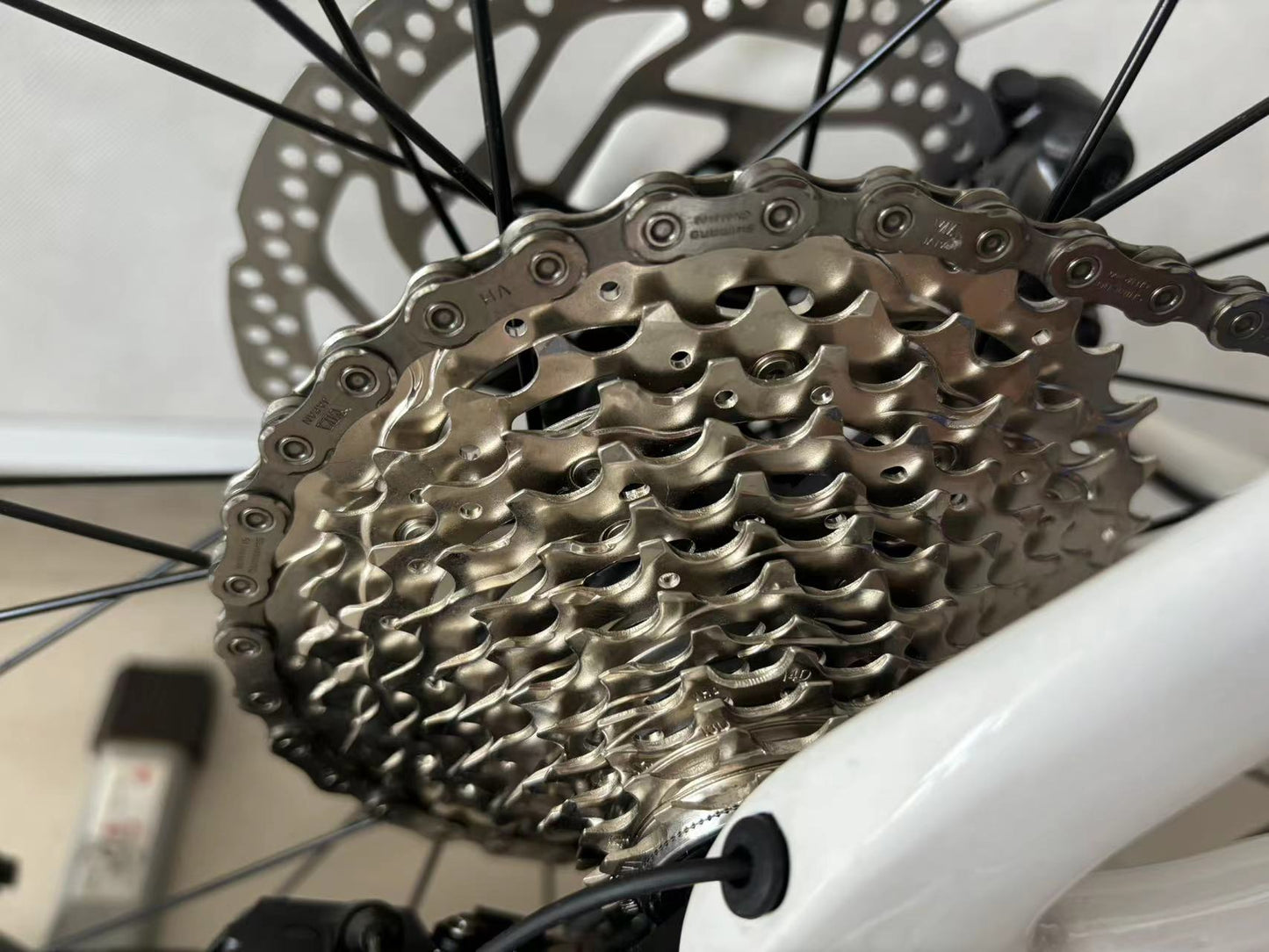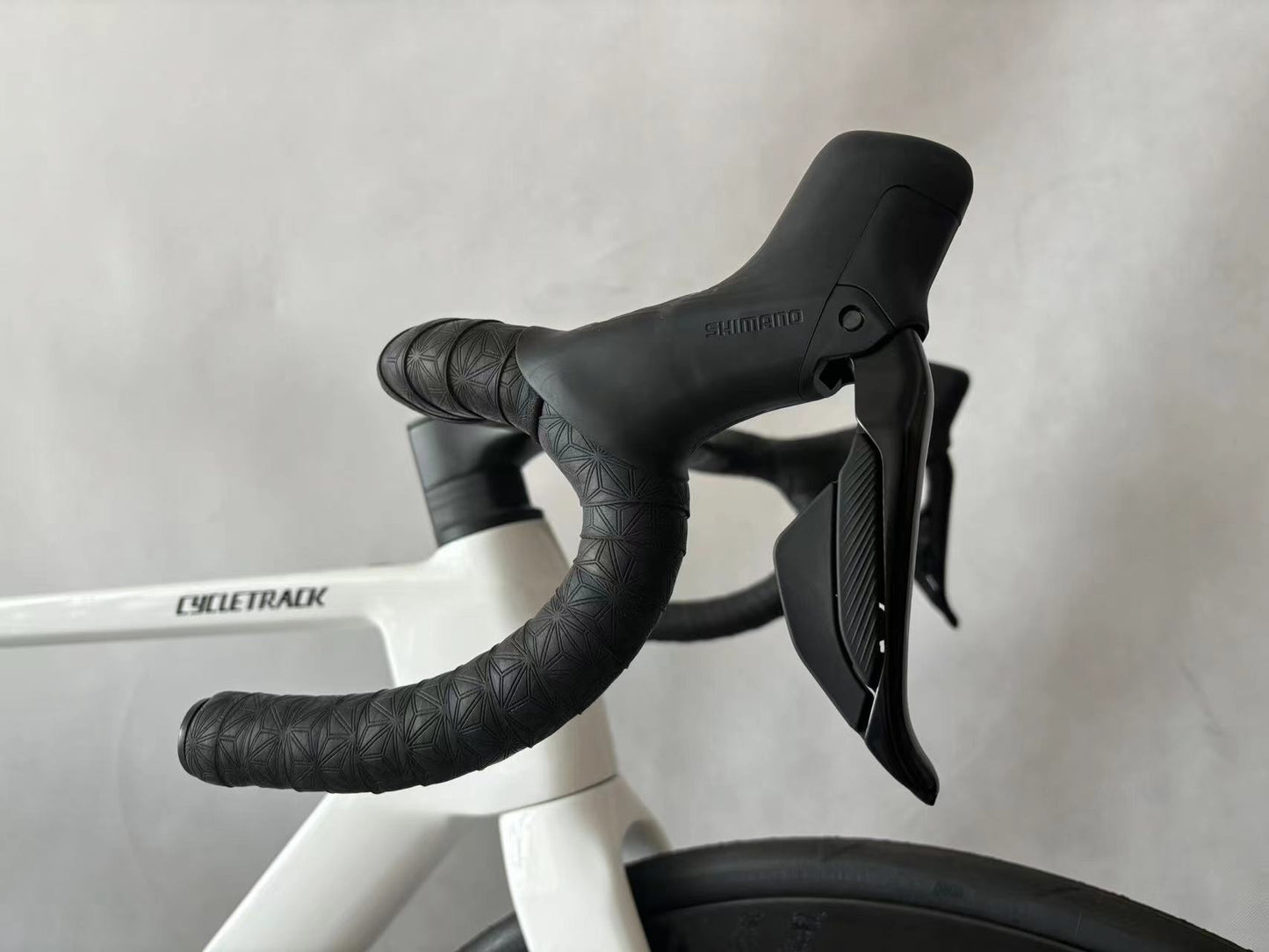我现在需要帮用户把之前的中文回答翻译成英文。用户的问题是关于如何提高公路自行车变速换挡技巧,之前已经给出了详细的中文指南,现在用户希望得到英文版本。
首先,我需要回顾之前的回答内容,确保翻译准确。之前的回答分为几个部分:核心原则、场景策略、进阶技巧、维护和总结。每个部分都有具体的技巧和建议,比如踏频控制、避免交叉传动、预判性换挡等。
接下来,我要注意专业术语的正确翻译。例如,“踏频” 是 cadence,“飞轮” 是 cassette,“牙盘” 是 chainring,“电子变速” 是 electronic shifting,“机械变速” 是 mechanical shifting。这些术语需要准确无误,以确保读者理解。
然后,考虑用户可能的背景。用户可能是一位骑行爱好者,希望提升技术,或者教练需要这些资料教学。因此,翻译需要保持专业性,同时易于理解,避免过于复杂的句子结构。
还要注意格式的一致性。原回答使用了标题、子标题、项目符号和编号列表,翻译时需要保持相同的结构,以增强可读性。例如,使用 ### 表示大标题,#### 表示子标题,使用 - 或数字列表来呈现技巧和步骤。
另外,用户之前提到过 L-TWOO ER9 和 Shimano 7170 等具体的变速系统,翻译时需要保留这些品牌和型号,确保技术细节的准确性。例如,Shimano Di2 和 SRAM AXS 是知名的电子变速系统,正确保留品牌名称有助于读者识别。
在翻译过程中,还要注意文化差异和表达习惯。例如,中文中的 “长缓坡” 在英文中可能需要更详细的描述,如 “long, gradual climbs”,以确保读者理解坡度类型。同时,一些口语化的表达,如 “猛力拉扯链条”,需要转化为更专业的术语,如 “jerky chain movements”。
还需要检查语法和拼写错误,确保翻译后的英文流畅自然。例如,“保持轻微踩踏压力” 可以翻译为 “maintain light pedaling pressure”,而 “重心后移” 则是 “shift your weight backward”。
最后,确保所有技术建议和步骤在翻译后仍然清晰易懂,不会因为语言转换而丢失信息。例如,关于电子变速系统的自定义按钮设置,需要准确翻译操作步骤,如通过官方 APP 进行校准,确保读者能够按照步骤进行操作。
总结来说,翻译过程中需要准确传达专业术语,保持结构清晰,适应目标读者的理解水平,并确保技术细节的准确性。同时,注意语法和拼写,使最终的英文回答既专业又易于理解。
How to Improve Road Bike Shifting Skills
Here’s a comprehensive guide to enhancing road bike shifting techniques, covering universal principles for both mechanical and electronic drivetrains, along with scenario-specific optimizations:
I. Core Shifting Principles
-
Cadence-Driven Shifting
- Maintain an efficient 80–100 RPM (reduce to 70–80 RPM on climbs). Adjust gears to match cadence rather than forcing pedaling rhythm.
- Tip: Shift to higher gears (e.g., 53/11) downhill to sustain speed via momentum; pre-shift to lower gears (e.g., 34/25) 100m before climbs to avoid mid-slope strain.
-
Avoid Cross-Chaining
- Forbidden combinations:
- Small chainring (34T) + small cassette cog (11T)
- Large chainring (53T) + large cassette cog (28T+)
- Electronic Advantage: Systems like Shimano Di2 auto-block dangerous ratios; manual systems require rider vigilance.
- Forbidden combinations:
II. Scenario-Specific Strategies
1. Flat Roads
- Acceleration: Downshift 1–2 rear cogs (e.g., 17T→19T) for torque; upshift (19T→15T) at >30 km/h to reduce cadence.
- Electronic Trick: Customize rear derailleur buttons for +2 gears (e.g., Campagnolo EPS) for quick sprints.
2. Climbing
- Long Gradients: Pre-shift to small chainring + mid-cassette (34/23); downshift incrementally (23→25→28) as slopes steepen.
- Steep Sprints: Use small chainring + largest cassette (34/34) with standing pedal strokes for 爆发力.
3. Descending & High-Speed Cruising
- Safety Gearing: Shift to large chainring + smallest cassette (53/11) to minimize braking; pre-shift to 13T before corners for rapid acceleration.
- Mechanical Caution: Anticipate turns to avoid shifting mid-lean, which risks chain drop.
4. Headwinds & Undulating Terrain
- Aero Efficiency: Use small chainring + 19T cassette with high cadence (100 RPM) to reduce body movement.
- Rolling Hills: Maintain current gear ratios and adjust pedal force instead of frequent shifting to conserve energy.
III. Advanced Techniques & Training Methods
-
Predictive Shifting
- Scan 50–100m ahead to pre-shift 1–2 seconds early (e.g., upshift to large chainring before a hilltop).
- Drill: Practice "blind shifting" on familiar routes, relying solely on pedal feel to judge gear changes.
-
Body Coordination
- Apply light pedaling pressure during shifts to prevent chain slack.
- Shift body weight backward while standing to aid chain engagement.
-
Electronic Drivetrain Optimization
- Button Customization: Assign left levers to toggle chainrings (e.g., "one-touch big/small"), and reserve right levers for ±1 gears with extra buttons for +2 gears (sprints) or -3 gears (emergency).
- Wireless Calibration: Perform monthly derailleur auto-calibration via apps for precision.
IV. Maintenance & Troubleshooting
-
Routine Care
- Clean cassette and chain weekly; wipe derailleur jockey wheels to prevent debris buildup.
- Replace mechanical shift cables every 2,000 km and check cable tension regularly.
-
Issue Resolution
- Delayed Shifts: Electronic systems → Check battery (replace <20%); mechanical systems → Adjust limit screws.
- Chain Noise: Fine-tune derailleur B-screw for proper chain angle or replace worn chains (>0.5% elongation).
V. Key Takeaways
- Novice Focus: Master rear derailleur adjustments first before advancing to front derailleur shifts.
- Mental Discipline: Stay calm during errors; smooth out shifts by adjusting pedal pressure.
- Practice Routine: Dedicate weekly "shifting drills," such as 10 hilltop-to-descent shift cycles on a fixed route.
By integrating systematic training and proactive maintenance, riders can achieve seamless shifting, reduce energy loss, and gain a competitive edge in races or endurance rides.


